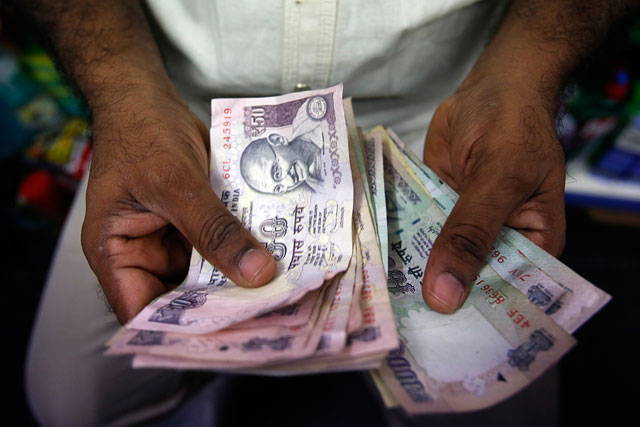Every month when you get your pay-slip you will notice a deduction on the employees’ provident fund account. You may not like this, for it eats into your disposable moolah, but, you console yourself, this is my nest-egg for the future. It will come in useful when I decide to hang up my boots.
Well, wake up. Your nest-egg is moth-eaten. Inflation is eating into its core, and the funds being managed by the Employees Provident Fund Organisation (EPFO) are actually returning lower than inflation. This means for every rupee you put into the EPFO, the returns are actually lower after adjustment for inflation. Your nest-egg is shrinking in real terms.
Or so says a Times of India report today (26 August) which quotes an internal presentation to the organisation’s board as saying that Rs 100 invested in 2005 is worth only Rs 97 today after adjusting for consumer inflation.
The presentation suggests makes a case for widening the EPFO’s investment avenues - currently restricted to the safest of safe government bonds, which are simply not yielding enough returns to beat inflation.
In part, this is because of the high inflation unleashed by the UPA’s policies of the last few years, but even if inflation falls, yields on bonds may fall further, affecting returns for new entrants. You lose either way. The only investment whose value tends to rise when rates fall in equity. Equity and interest rates are inversely related.
The only avenues that can beat debt instruments over the long term are equity and riskier stuff like real estate and infrastructure. If the EPFO is to invest employee funds in equity, the government has to give its nod.
Thus far, it is the EPFO’s trade union trustees who have been resisting the idea of investing in equity. Instead, they want the government to guarantee higher returns for EPF balances - something a cash-starved government will be reluctant to do.
For 2014-15, the EPFO board has mandated a return of 8.75 percent - marginally above the current consumer price inflation rate of around 8 percent, but nothing to erase the post-inflation losses of the last few years.
The problem with the EPFO is that it is not only unwieldy, but poorly managed. In 2011-12, for example, the trustees had to lower the returns because they had mistakenly paid out more than they could the previous year. Reason: they thought the EPFO had a big surplus, but later found out that it had a huge deficit. Moreover, the EPFO also charges too much for managing your money.
In contrast, the New Pension Scheme (NPS) - which is compulsory for all new government employees and an additional avenue of long-term savings for any Indian citizen - often fares much better on returns. This is because it has a lower cost structure and, additionally, earns more for investors willing to take risks in equity. (But note, it sometimes fares worse when savers opt only for safe avenues.)
In 2013-14, for example, NPS investors who put 50 percent of their contributions into equity earned 13.7 percent; those who split their money between equity, bonds and government securities still made a decent 10.64 percent - well above inflation.
With five crore investors and a corpus of over Rs 6,00,000 crore, the EPFO clearly is not delivering bang for the buck. It is, in fact, shriveling your money.
One option is to allow the EPFO’s trustees to manage the funds better by allowing equity investments proportionate to the risk-bearing capacities of employees. (The choice would be the employees’) The other option is to allow existing subscribers of EPFO to migrate to the NPS.
Nothing like competition to improve fund performance. Right now, the EPFO’s returns suck.


)
)
)
)
)
)
)
)
)



